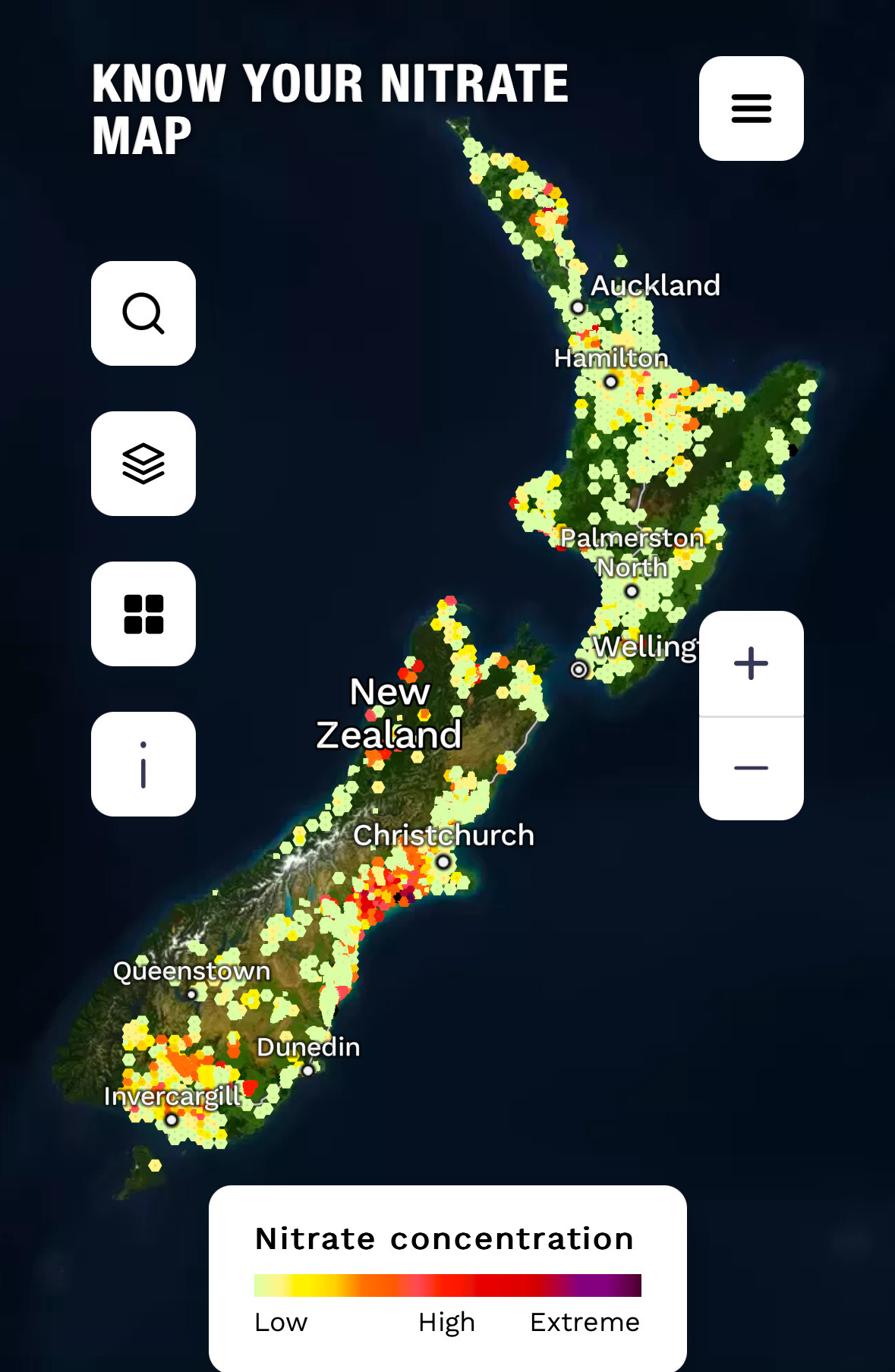The last time residents of Waimate received a nitrate warning was only two years ago.
In 2022, the Glenavy township in South Canterbury were unable to drink their own water for over four months due to it containing nitrate levels high enough to kill an infant. This restriction was lifted again in December that year, despite concentrations still exceeding reproductive risk levels, a level the population of the area have been consuming water at for potentially decades.
Now the nitrate is back up again and over the maximum threshold. Glenavy did not even make it a full two years from their last do-not-drink notice.
Perhaps the most alarming fact about this is that Waimate is not even New Zealand’s worst water source for nitrates. Greenpeace’s interactive map provides a full accounting of nitrate levels taken in 2022, when the Waimate levels were noted, and Waimate was far from the only area affected by nitrates — most of the South Island and even some of the North Island sits alarmingly high.
Excluding private supplies cleans the map up a lot, though there are some alarmingly orange areas. But it only emphasises how “preserved” our major water sources are; the actual state of New Zealand nitrates is much, much worse than our major municipal supplies would imply.
It is the least reassuring observation in the world for me that this issue is largely a South Island problem, the island this government have already demonstrated quite clearly they couldn’t give two cow shits about.
Nitrates pose a risk over time. The longer you are exposed to high levels, the worse it is for your health — for the population’s health. These levels have been markedly high since the start of the century.
By my estimates (guesses), it’ll only be another decade or so more before the health data begins to speak for itself and Canterbury, Otago and the West Coast begin recording excess deaths that even a National government can’t ignore. By that point, for most people who have been exposed to nitrates in their water, the damage will have been done. Even though we know about the danger and inevitable consequences right now in the present, it is not enough to motivate us to do anything about it — not until people are already definitely dying over it.
This is the sensible, cost-effective way of doing things. After all, we wouldn’t want to waste effort cleaning up our environment for no reason now, would we?
Imagine if we still had a national water authority to address this issue. We might actually stand a chance at solving it.









The stats are already showing. NZ has some of the highest rates of Bowel.Cancer in the OECD. Here's a resource that shows where it's concentrated: https://www.hqsc.govt.nz/assets/resources/Health-Quality-Evaluation/Atlas/BowelCancerSF/atlas.html
My mum grew up on a sheep farm in Ikawai, South Canterbury. When my uncle sold the farm in the 1990s it was converted to dairy along with a lot of sheep farms in the area. Many famers took on significant debt to the banks to fund these conversions, The banks need to be held to account for all the shit in South Canterbury water, as they have profited handsomely from the dairy conversions.